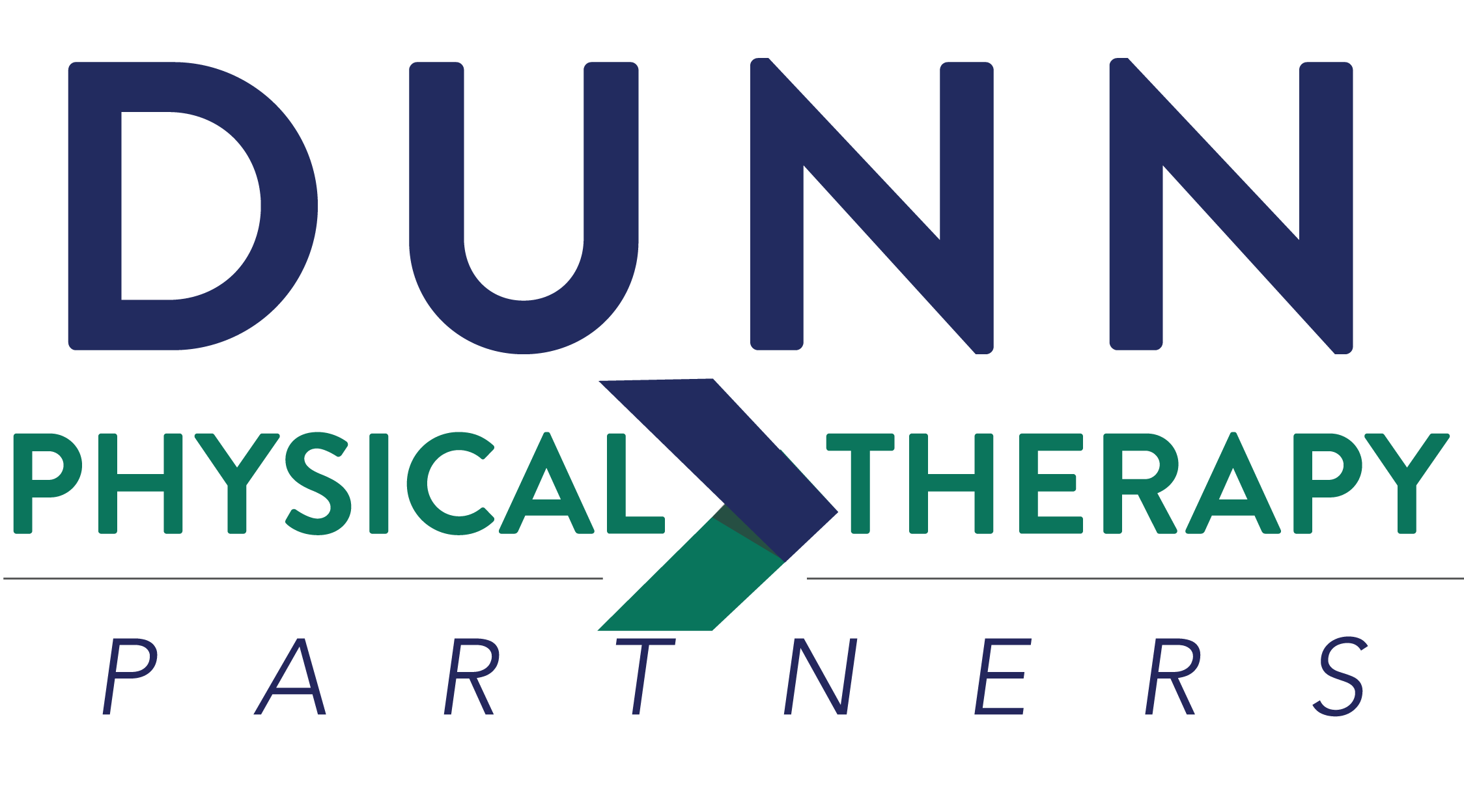Your neck and back are some of the most complex structures in your body.
Neck & Back
Your neck and back are some of the most complex structures in your body. And as a key component of your posture with a wide range of movement, they are also some of the most used. Naturally, pain in these areas can be quite common and frustrating.
For many instances of neck and back pain, physical therapy can be of significant benefit. Whether you’re putting in work out on the field or in the office, we can help you conquer your pain and get back to doing your best.
What Causes Neck and Back Pain?
Because neck and back pain can have very complex causes, we have separated them into three common categories based on patient type.
- Athletes: for athletes, back and neck pain are often caused by poor form and/or repetitive motion. For instance, small mistakes in a weightlifter’s posture – especially at high weights – can cause significant pain. Or a golfer, who swings repeatedly during play, may experience repetitive motion injuries.
- Non-athletes: neck and back pain often result from poor posture, especially for desk workers. Stress and anxiety can also cause chronic tension in these areas, leading to pain that can persist even after the stress ceases.
- Injuries: a very common instance is a car crash, which can cause whiplash or sudden trauma to these tender areas.
How Do We Treat Neck and Back Pain?
After your initial treatment, you may be partnered with a physical therapist to help you rebuild strength and mobility. Some of our treatments include:
- Spinal manipulation
- Mulligan mobilization with movement: carefully targeted “repositioning” of spinal segments
- McKenzie Method: a comprehensive assessment specifically designed for spinal and extremity pain.
- Dry needling: very thin needles are used to treat “trigger points” in muscular tissue, relieving tension.
Soft tissue mobilization: various hands-on techniques that specifically target soft tissue like muscles, ligaments, and fascia. - Postural correction and balancing exercises
- Pilates based movement program
- Core strengthening and stabilization training

